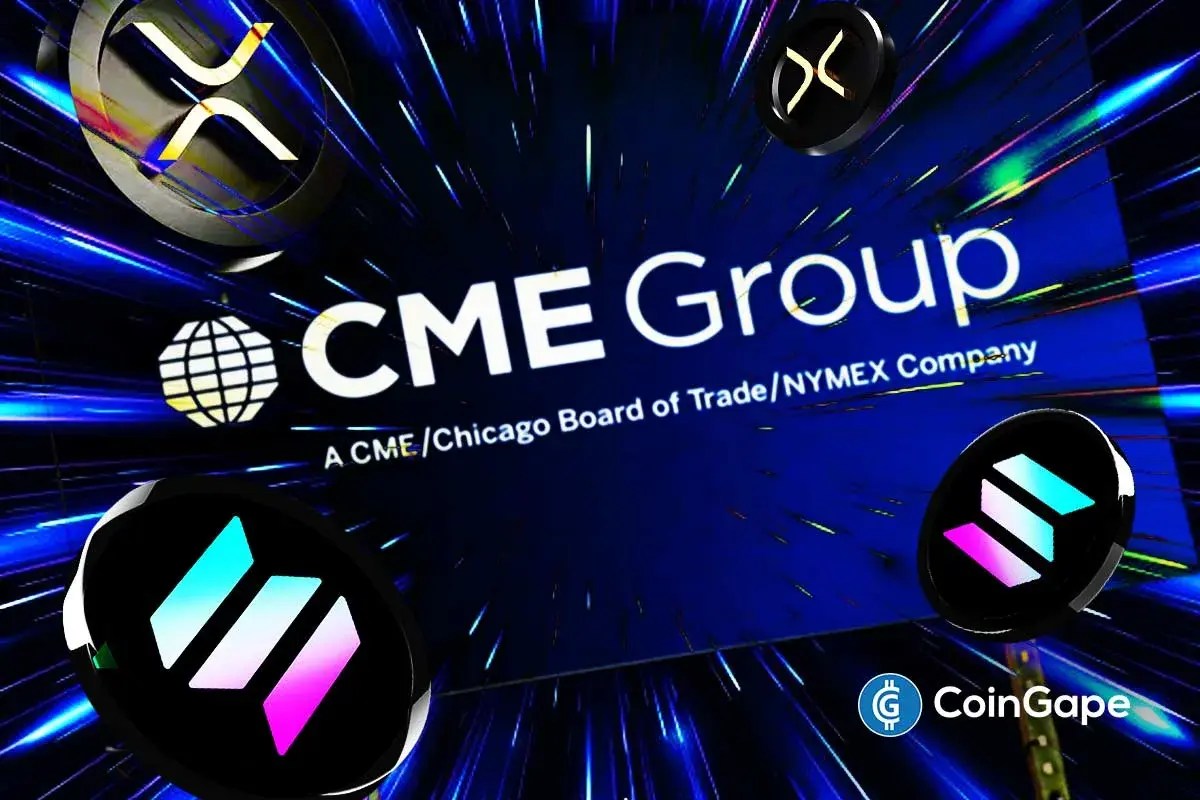Web3 is open, transparent, and miserable to build on | Opinion
Disclosure: The views and opinions expressed here belong solely to the author and do not represent the views and opinions of crypto.news’ editorial.
Web3 is fond of declaring that everything is “on-chain.” In theory, that should make development easier, faster, and more accessible than ever. In practice, it’s a logistical nightmare.
- Blockchain data is public but largely unusable — developers must build custom backends and patch unreliable tools instead of focusing on products.
- Unlike web2, where stable infrastructure (AWS, Stripe, Firebase) “just works,” web3 forces teams to constantly rebuild basics, deterring serious companies.
- Enterprises avoid web3 because it lacks reliability, oversight, and plug-and-play tools — whitepapers don’t replace service guarantees and monitoring.
- For web3 to scale, it must deliver boring-but-essential infrastructure: cross-chain standards, predictable services, and usability without sacrificing decentralization.
Yes, blockchain data is technically public. But that doesn’t make it usable. Most of it is stored in ways that are hard to search or interpret unless you already know exactly what you’re looking for. As a result, developers often have to collect and organize that data themselves, working off-chain and relying on external services just to build basic features. Even with some tools available, many teams still end up building their own backend systems from scratch. That means spending time and money on infrastructure instead of improving the product.
This isn’t just inconvenient. It’s a structural failure. And unless we fix it, web3 won’t scale beyond tinkerers and ideologues.
In web2, infrastructure doesn’t get in the way
In web2, the tools developers rely on (like AWS, Stripe, or Firebase) are stable and dependable. Developers don’t have to worry about whether these services will work; they usually just do. If something goes wrong, it’s rare enough to make headlines. The default expectation is simple: this will work as expected.
Web3 doesn’t offer that same reliability. The tools developers rely on often break or give different results depending on where the data comes from. So instead of focusing on building their apps, developers end up fixing problems themselves — running their own servers, writing extra code to piece things together, and spending more time managing systems than building products.
That’s not innovation. It’s wasted effort. In web2, developers can rely on solid building blocks and focus on their actual product. In web3, they often have to rebuild those basic tools from the ground up. That might be fine for hobbyists, but for serious teams with customers, deadlines, and investors, it’s a nonstarter.
Building on web3 still means starting from scratch
And the problem goes deeper. Even though blockchain data is supposed to be transparent, there’s no standard way to access or understand it. Simple ideas like “transaction” or “account” can mean very different things depending on the blockchain. There’s no common interface, no plug-and-play tools. Developers are left dealing with all the messy differences themselves: writing custom code, patching together unreliable services, and starting from scratch every time they launch on a new chain.
The result? Most of the time and effort that should go toward building great products instead goes toward managing complexity. That’s not just inefficient, it’s self-sabotage. It’s also a major reason why big companies stay away.
Why enterprises don’t bite
Enterprises aren’t against decentralization. It’s that they weigh every new technology against risk, cost, and return. And right now, web3 just doesn’t add up.
These teams expect reliable systems, clear oversight, and tools they can plug into and trust. What they find instead is an ecosystem full of interesting ideas that’s missing the basics they need to operate at scale. A whitepaper isn’t enough. They want service guarantees, real-time monitoring, and infrastructure that quietly does its job, not one that constantly needs hand-holding.
So until web3 can match web2’s day-to-day reliability and offer something new, most companies will simply opt out.
Web3 must be easier to build on without giving up its values
This doesn’t mean Web3 has to give up its values. But it does have to grow up. Decentralization doesn’t need to be sacrificed to make web3 usable, but the way infrastructure is delivered needs a serious rethink.
We need interfaces that work across chains without custom hacks. Services that are modular, flexible, and don’t trap teams in vendor-specific tools. Developers shouldn’t need a PhD in blockchain mechanics just to pull useful data. They should be able to focus on their product, not babysitting the underlying systems.
Most teams can’t afford to become infrastructure experts, and they shouldn’t have to. Web3 needs to offer a development experience that’s boring in the best way: predictable, stable, and fast. And if it doesn’t get there soon, it risks missing its moment.
Miss this window, miss the market
Web2 cloud platforms didn’t win just because they were powerful. They won because they were easy. Developers could launch a service with a credit card and scale it by editing a few lines of configuration, not rewriting the entire backend.
That simplicity came with trade-offs: vendor lock-in, murky pricing, and centralized control. Web3 was supposed to solve those problems. It promised decentralized infrastructure with built-in resilience, shared ownership, and transparent rules. But instead of building something fundamentally new, much of the current ecosystem is just rebranding web2 patterns with a token slapped on top.
The opportunity is sitting right in front of us: decentralized infrastructure that’s not just open, but also usable. Systems that are reliable because they’re coordinated through aligned incentives, not corporate trust. Infrastructure that developers don’t have to fight with.
The window is open. But it won’t be forever.
You May Also Like

Bitcoin Has Taken Gold’s Role In Today’s World, Eric Trump Says

CME Group to Launch Solana and XRP Futures Options

